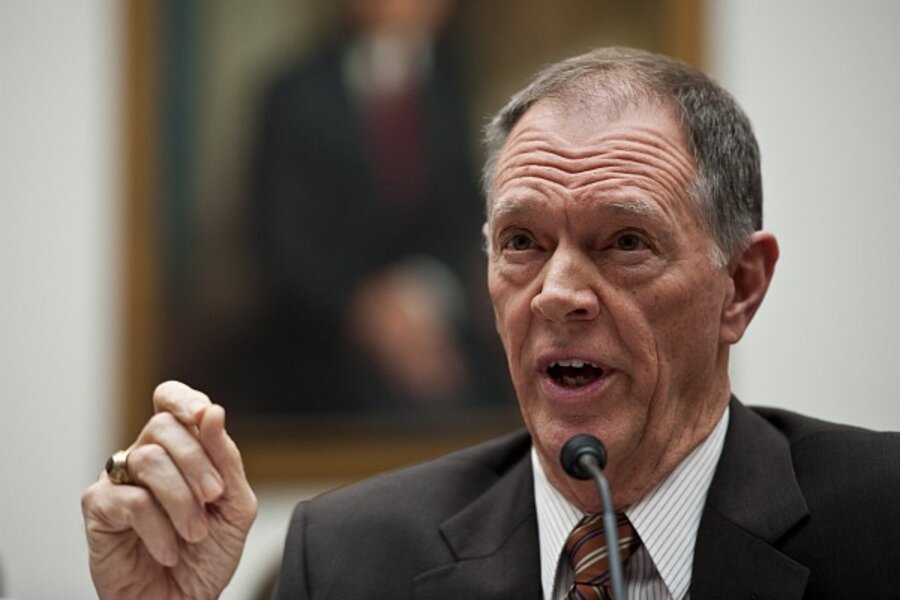FAA sets new procedures for sleepy air traffic controllers
Loading...
Federal officials are moving swiftly to correct the conditions that have left air traffic controllers dozing while aircraft circled overhead seeking guidance for landing at the nation’s airports.
Over the weekend, at least one more controller was found to have been asleep on the job – this one early Saturday morning at Miami – bringing to seven the number of recent incidents.
"I don't know when I've ever been madder. I'm outraged about this," Transportation Secretary Ray LaHood said on Fox News Sunday. "We're doing everything we can 24-7 to correct this problem."
LaHood announced four immediate changes in procedures to be implemented by the Federal Aviation Administration:
The minimum time off between controllers’ shifts is being increased from eight hours to nine hours; controllers will not be allowed to swap shifts without having had nine hours off since their last shift; controllers won’t be able to shift to an unscheduled midnight shift following a day off; and FAA managers will schedule their shifts to ensure greater coverage during early morning and late night hours.
“Research shows us that giving people the chance for even an additional one hour of rest during critical periods in a schedule can improve work performance and reduce the potential for fatigue,” FAA administrator Randy Babbitt said in a statement Sunday. “Taking advantage of the time you have to rest is also a professional responsibility.”
Part of the problem is that controllers have been scheduling their shifts into a four-day week, allowing a three-day weekend. Also, the times of day and night worked frequently change from week to week, throwing off sleep cycles.
Asked on Fox News why his department had not recognized the problem sooner, LaHood said, "We thought controllers really were getting the rest that they needed.”
On Monday, FAA administrator Babbitt and National Air Traffic Controllers Association (NATCA) president Paul Rinaldi will begin visiting air traffic facilities in and around Atlanta, Dallas- Ft. Worth, Kansas City, Chicago, New York, and Washington. The two will also visit the air traffic control training academy in Oklahoma City.
In addition to changes in scheduling practices, the FAA’s “Call to Action” effort will include the development of a program to teach controllers the risks of fatigue and how to avoid it.
The FAA will also commission an independent review of the air traffic control training curriculum and qualifications to make sure new controllers are properly prepared.
“This latest incident is of great concern, as it is never acceptable when we don’t provide the level of service expected and required of us on every shift,” Rinaldi said Saturday. “We take our responsibilities very seriously and believe fatigue is a significant factor in these instances.”
The NATCA is the air traffic controllers’ union. While NATCA president Rinaldi says he agrees with the recent changes in scheduling, it’s unclear whether other labor-management issues may arise from the recent spate of sleeping on the job. According to the FAA, there are 24,420 air traffic controllers earning an average annual salary of $106,990.
Other countries, including Germany and Japan, provide sleeping rooms for controllers on break at night, reports the Associated Press, and an upcoming study by the FAA and the NATCA is expected to recommend that controllers take sleeping breaks of as long as 2 1/2 hours during midnight shifts.
But this idea does not sit well with LaHood.
"On my watch, controllers will not be paid to take naps. We're not going to allow that," LaHood said Sunday. "They are going to be paid to do the job that they're trained to do, which involves guiding planes in and out of airports safely. But we are not going to pay controllers to be napping."





